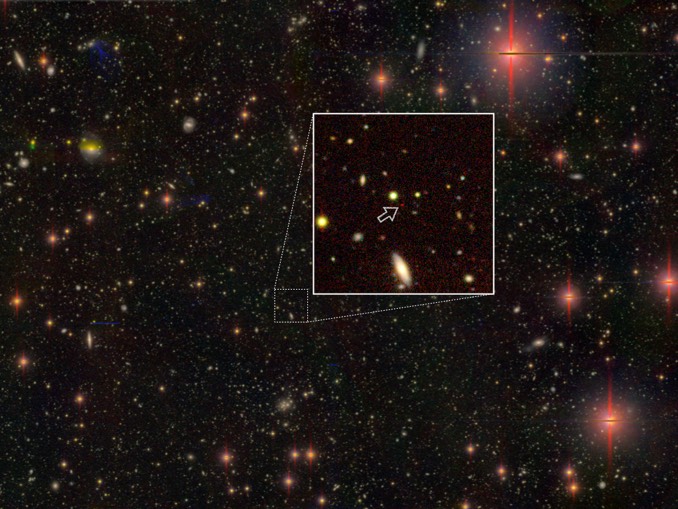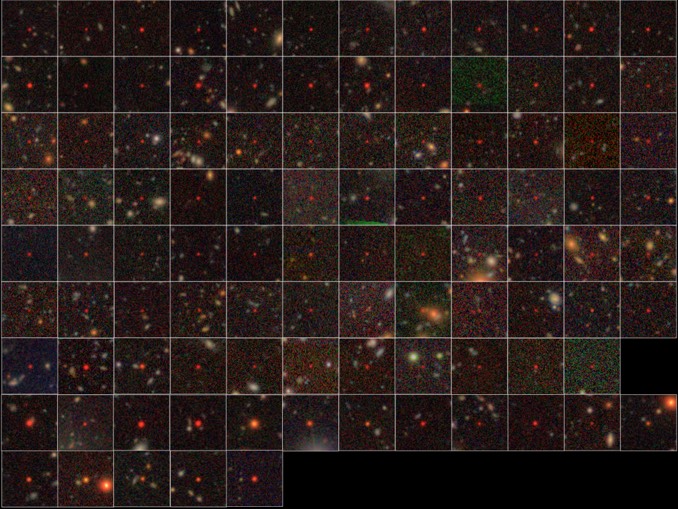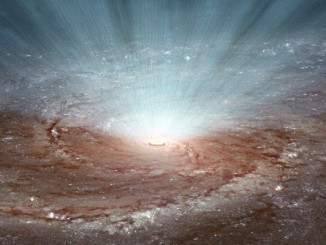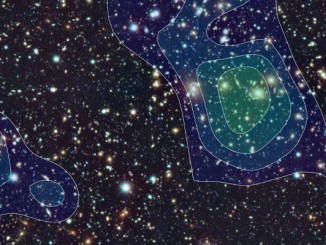
Astronomers studying some of the most ancient light in the cosmos have found 83 ancient quasars in a field where only 17 were previously known, an indication that supermassive black holes must have been relatively common in the extremely early universe. The discovery, using the Hyper Suprime-Cam wide field camera mounted on the Subaru Telescope, required 300 nights of observation time over five years.
Supermassive black holes are found at the centres of many, if not all, galaxies and are millions to billions of times more massive than the Sun. Quasars are particularly active galaxies hosting SMBHs that shine across enormous distances as material is pulled inward and heated to extreme temperatures.
A research team led by Yoshiki Matsuoka of Ehime University found, on average, one supermassive black hole in every cube of space measuring a billion light years on a side. All of the 100 quasars found in the survey, including the 17 already known, are roughly 13 billion light years away. The Big Bang occurred 13.8 billion years ago, so the quasars are shining when the universe was just 5 percent its present age.

The quasar found at a distance of 13.05 light years is the second oldest ever seen.
While the 83 newly discovered quasars mark a significant increase in the number of supermassive black holes known to exist in the early universe, it is not enough, the researchers say, to explain the reionisation that occurred when the first stars, galaxies and black holes began forming.
The epoch in question took place when the hydrogen gas permeating the early universe was almost completely ionised. It is not yet clear what powered that milestone event.



